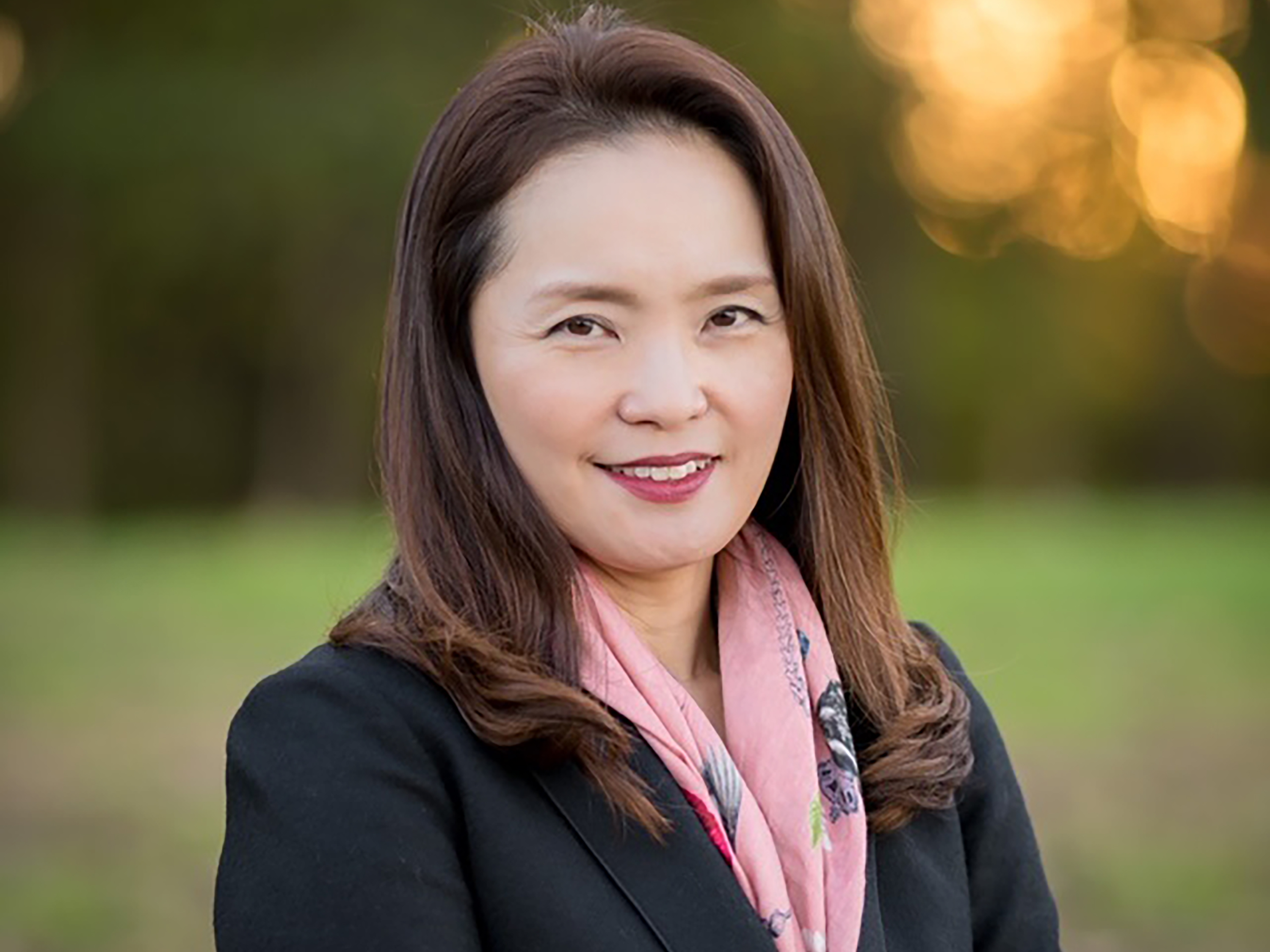Multidimensional support systems are the key to preventing bullying and cyberbullying and can help lessen the psychosocial side effects of being a victim of bullying, according to a study done by one Wichita State researcher.
“To prevent school bullying and cyberbullying, teachers, parents, siblings, peers, neighbors, community, job status, religion and school policy must be involved in the prevention program,” said Dr. Jeoung Min Lee, assistant professor in Wichita State University’s School of Social Work.
For her research, Lee collected data from 261 Wichita State students and learned that 213 of the subjects had bullying experiences during their K-12 schooling, and 160 of those had recent cyberbullying experiences. About 75% of bullied students are currently experiencing cyberbullying, according to Lee’s research.
“I found that bullying is associated with cyberbullying,” she said. “If students had previous bullying experiences during K-12 school years, they are more likely to become victims of cyberbullying in college.”
Additionally, victims of cyberbullying have psychosocial problems.
“They have higher levels of depression and hopelessness, suicidal thoughts and attempted suicide,” Lee said. “However, I found that supportive teachers and parents are protective factors against becoming cyberbullying victims.”
To prevent bullying in middle and high school, teachers and school social workers need to be involved in bullying intervention programs, care for students’ needs, and sensitively understand students’ problems, Lee said.
“Also, parental support is another protective factor, so parents’ supportive caring, monitoring of their child’s behaviors, and good communication with their child are very important to prevent cyberbullying victimization,” she said.
Lee is hoping that her research will help inform anti-bullying programs in the United States.
“The most well-known famous bullying programs conducted are from Europe, but they are not effective for U.S. students we have more diversity in our schools,” she said. “To provide an adequate program for U.S. students, we need more research to find risk and protective factors to reflect the array of diversity in our schools.”
Lee hopes the findings of her research will help modify the current bullying programs in the United States.
To mitigate the psychosocial effects of bullying and cyberbullying, Lee says, it’s important to use a community approach to reach children in middle school and high school.
“School teachers and social workers will be instrumental in bullying prevention, and they may need to receive additional education and training in how to handle bullying incidents,” she said.
When a student begins college, parents are instrumental in helping to minimize the impact of bullying.


 Courtesy
Courtesy